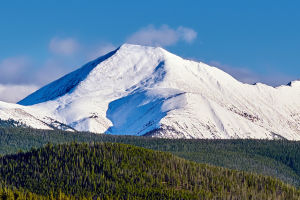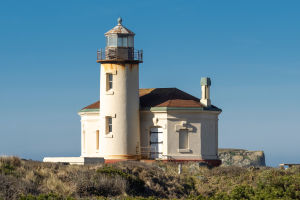
Rocky Mountain National Park, located in northern Colorado, spans the Continental Divide and offers 415 square miles of mountain adventure.
With its trails, nature, wildlife, and endless photo opportunities, it’s a nature lover's dream. If this park is on the bucket list, this guide will provide essential information for a memorable visit.
Getting Here
For those visiting Denver, Boulder, Loveland, or Fort Collins, the park can be accessed in less than two hours by car. Visitors can also fly into nearby airports and drive along Trail Ridge Road, which offers scenic overlooks and crests around 12,000 feet. However, it is important to note that this road is typically closed from mid-October to late May.
Estes Park and Grand Lake serve as the gateway communities to the park. In summer, Estes Park offers free public transportation, and Greyhound buses serve other areas.
Park History
Rocky Mountain National Park has been an important area for thousands of years. Originally occupied by Utes until the late 1700s, the U.S. Government purchased the land in 1803. In the 1970s, the park opened to visitors with the appointment of park superintendents. Rangers began guiding visitors on how to be good stewards of the park, offering campground talks and seminars to deepen the understanding of the area’s natural beauty.
Rules and Fees
As a federally managed and protected site, Rocky Mountain National Park has certain rules and regulations to ensure the safety of the natural environment and park visitors. Here are some key guidelines:
Pets: Pets are only allowed in specific areas and are not permitted on trails.
Fishing: A Colorado fishing license is required for those aged 16 and older.
Prohibited Activities: Hunting, smoking of any substance, and drones are not allowed in the park.
Bicycles and Motor Vehicles: Both bicycles and motor vehicles are permitted in designated areas.
Entrance Fees: The park charges an entrance fee ranging from $15 to $35, depending on the length of the visit (1-7 days). Annual passes are available for around $70, providing access for an entire year. All fees support the park's ongoing improvements and projects.
Animals and Plants
Rocky Mountain National Park is home to hundreds of animal and plant species. Visitors may spot small birds, butterflies, amphibians, reptiles, bighorn sheep, elk, bears, moose, deer, hares, squirrels, and even mountain lions. It’s important to avoid interacting with wildlife; instead, admire and photograph them in their natural habitats.
In addition to the animal life, the park features a diverse range of plants, including algae, lichens, moss, exotic species, trees, and wildflowers. The park is particularly beautiful during peak seasons, such as fall foliage, fresh snowfall, and blooming wildflower fields in the summer.
Things to Do
Dear Lykkers! Outdoor enthusiasts will find plenty of recreational activities to enjoy. Hiking is one of the most popular pastimes, with 355 miles of trails suited for all skill levels. Designated picnic spots are scattered throughout the park for visitors to relax and enjoy meals with loved ones. Additional amenities include visitor centers, campgrounds, and ranger-led programs.
For those who prefer not to hike, the park offers scenic drives, horseback riding, and fishing in its 50 lakes and streams. In winter, snow lovers can engage in snowshoeing, cross-country skiing, and sledding. Regardless of the season, visitors should be prepared for weather changes and road closures.
Kids Activities
Rocky Mountain National Park offers activities designed to engage children. The Rocky's Junior Ranger Program invites kindergartners through eighth graders to become junior rangers.
For more interactive experiences, the Moraine Park Museum and Amphitheater provide opportunities for hands-on learning. The amphitheater frequently hosts K-12 programs, while the museum educates visitors about the National Park Service and the importance of Moraine Park.
When to Visit
Rocky Mountain National Park is open 24 hours a day, 365 days a year, weather permitting. Summer and fall are the busiest seasons, with parking lots often becoming crowded. To avoid large crowds, consider visiting during early spring or late fall, before snow begins to fall.


